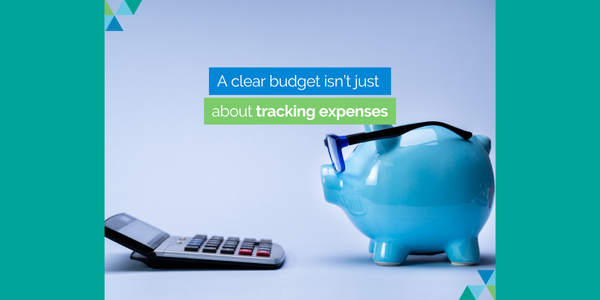Navigating the Five Stages of Business Growth
Here’s a closer look at the five key stages of business growth and how strategic financial planning can support success at every step.

Growing a business is an exciting journey, filled with opportunities and challenges that require careful planning and strategic decision-making. As a business owner, understanding the stages of business growth is essential to provide the right financial guidance at each phase. Here’s a closer look at the five key stages of business growth and how strategic financial planning can support success at every step.
Startup Stage
Focus: Launching the Business
The startup stage is where the journey begins. At this point, the primary focus is on transforming an idea into a viable business. Entrepreneurs need to secure funding, develop a business plan, and start building a customer base. Financial planning during this phase involves:
- Business Planning: Creating detailed financial projections and budgets.
- Securing Financing: Exploring funding options, such as loans, grants, or investor capital.
- Setting Up Operations: Allocating resources effectively to establish operations.
- Initial Marketing: Investing in marketing to attract the first customers.
Growth Stage
Focus: Expanding the Business
As the business gains traction, it enters the growth stage. Revenues increase, and the company begins to expand its market presence. This stage requires scaling operations, improving products or services, and hiring additional staff. Financial considerations include:
- Scaling Operations: Managing cash flow to support increased production or service delivery.
- Hiring Staff: Budgeting for new hires and understanding the associated costs, such as wages and benefits.
- Expanding Customer Base: Allocating funds for marketing and sales initiatives to reach more customers.
Maturity Stage
Focus: Optimising Efficiency and Maximising Profits
During the maturity stage, the business enjoys steady growth and has established itself in the market. The focus shifts to optimising processes, enhancing efficiency, and maximising profits. Key financial activities at this stage involve:
- Process Optimisation: Investing in technology and systems that improve efficiency and reduce costs.
- Profit Maximisation: Analysing financial statements to identify areas for cost reduction and profit improvement.
- Market Maintenance: Continuing to invest in marketing to maintain the business's market position.
Expansion Stage
Focus: Exploring New Markets and Opportunities
In the expansion stage, the business looks to grow further by entering new markets or diversifying its product or service offerings. This stage involves significant investment and strategic decision-making. Financial planning is crucial for:
- Diversifying Offerings: Analysing the financial viability of new products or services.
- Entering New Markets: Assessing the costs and potential returns of expanding into new geographic or demographic markets.
- Strategic Partnerships: Evaluating partnerships or acquisitions that can drive growth.
Renewal or Decline Stage
Focus: Innovation or Decline
At the final stage, the business either renews itself through innovation or faces the risk of decline if it fails to adapt to changing market conditions. Financial strategies are vital to:
- Innovation and Reinvention: Investing in research and development to innovate and stay competitive.
- Addressing Market Changes: Responding to market shifts with strategic pivots and reallocation of resources.
- Strategic Pivots: Making tough financial decisions to steer the business in a new direction if necessary.
Understanding the stages of business growth is key to providing effective financial guidance. Each stage presents unique challenges and opportunities, and a strategic approach to financial planning can help ensure that a business not only survives but thrives as it grows. Whether it’s securing funding during the startup phase or optimising profits in the maturity stage, accountants play a crucial role in supporting businesses at every step of their journey.
This blog provides an overview of the critical stages in a business's lifecycle, emphasising the importance of tailored financial strategies to navigate each phase successfully.
To find out more about how we can help you manage your business growth, please contact one of our team at admin@wrightsca.com.au.
**Important notice:** This article provides information rather than financial advice. The content of this article, including any information contained in it, has been prepared without taking into account your objectives, financial situation, or needs. You should consider the appropriateness of the information, taking these matters into account, before you act on any information.










